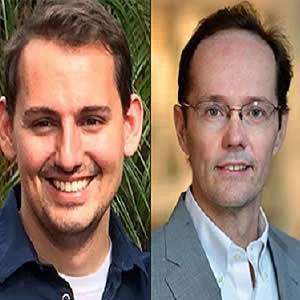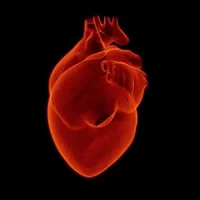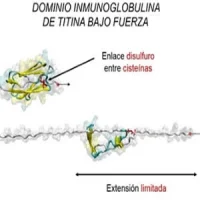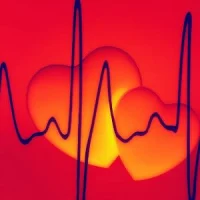Researchers at Texas Heart Institute's Cardiomyocyte Renewal Lab have found a new way to help improve heart function following heart failure. Using a mouse model, the researchers were able to reverse severe heart failure by silencing the activity of Hippo, a signalling pathway that can prevent the regeneration of heart muscle. Their work is published in the journal Nature.
During a heart attack, blood stops flowing into the heart; starved for oxygen, part of the heart muscle dies. The heart muscle does not regenerate; instead it replaces dead tissue with scars made of cells called fibroblasts that do not help the heart pump. The heart progressively weakens; most people who had a severe heart attack will develop heart failure.
“When patients are in heart failure there is an increase in the activity of the Hippo pathway,” explained the study's first author John Leach, a graduate student of molecular physiology and biophysics in the Cardiomyocyte Renewal Lab. “This led us to think that if we could turn Hippo off, then we might be able to induce improvement in heart function.”
For this study, the research team designed a mouse model to mimic the human condition of advanced heart failure. They reproduced a severe stage of injury in the mouse heart, which inhibited the Hippo pathway. After six weeks, the team observed that the injured hearts had recovered their pumping function to the level of the control, healthy hearts.
According to the researchers, the effect of turning Hippo off is two-fold: On one side, it induces heart muscle cells to proliferate and survive in the injured heart, and on the other side, it induces an alteration of the fibrosis. They also said that further studies are needed for a better understanding of the changes observed in fibrosis.
"Heart failure remains the leading cause of mortality from heart disease. The best current treatment for this condition is implantation of a ventricular assist device or a heart transplant, but the number of hearts available for transplant is limited,” said corresponding author Dr. James Martin, professor and Vivian L. Smith Chair in Regenerative Medicine at Baylor College of Medicine. Dr. Martin is also concurrently director of the Cardiomyocyte Renewal Lab, which seeks to develop ways to heal heart muscle by studying pathways involved in heart development and regeneration.
The research team also included Todd Heallen, Min Zhang, Mahdis Rahmani, Yuka Morikawa, Matthew C. Hill, Ana Segura and James T. Willerson. The authors are affiliated with one or more of the following institutions Baylor College of Medicine, the Texas Heart Institute and Shanghai Children's Medical Center.
Source: Baylor College of Medicine
Image Credit: Baylor College of Medicine
Latest Articles
heart failure, heart muscle, heart function, Hippo pathway
Researchers at Texas Heart Institute's Cardiomyocyte Renewal Lab have found a new way to help improve heart function following heart failure. Using a mouse model, the researchers were able to reverse severe heart failure by silencing the activity of Hippo










